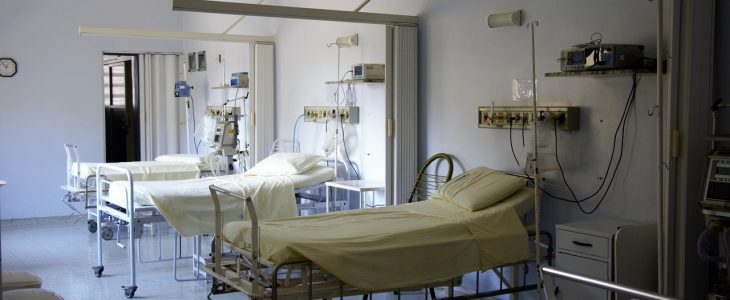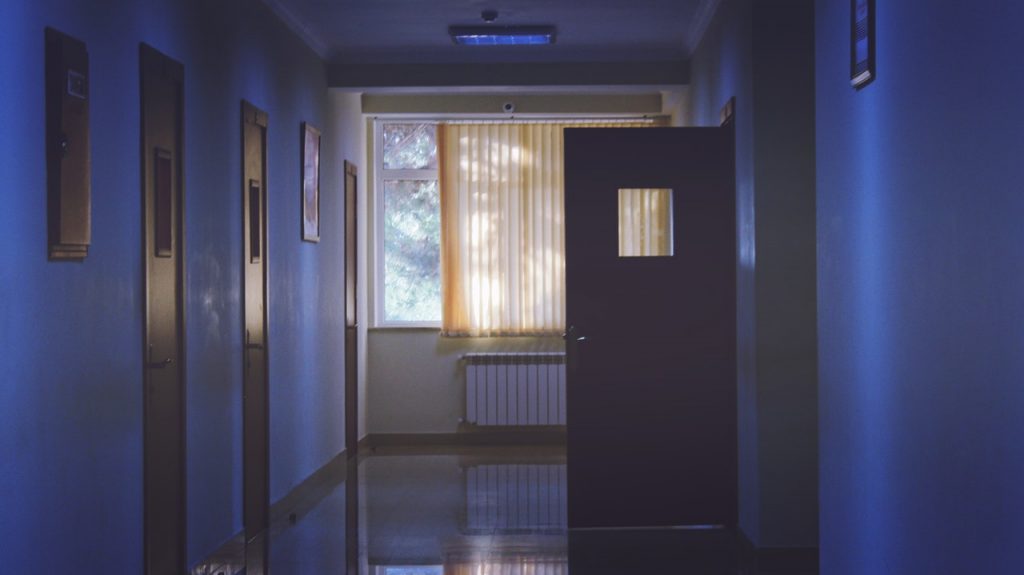
Most aged care homes and hospitals caring for elderly people have started using bed sensors to maximise their care and efficiency to provide a secure resting environment. For us to have a secured sleep and ensure that the elderly don’t undergo any distress during the night, these bed sensors add great value to aged care. Bed sensors are used by caregivers to look after the elderly and provide them with better care.
This sensor is used to prevent the aged individual from falling from the bed and getting hurt. Most of these alarms are wireless and the bed alarms or sensors give the caregivers a signal when the patient is not there in the bed or even when they step out of the room. The sensors can be held on the person’s body, such as a shoulder pad or with a holder on the hip. In case the person walks and moves their hip or arms, automatically the sensor creates an alert as a high pitched sound that is audible to the caregivers.

These sensors are held with vinyl pads. The motion or pressure sensors can have alarm volumes which can be set at adjustable sounds. The call buttons can alert nurses that are in another room or in the corridors of a hospital. As these are wireless sensors, there is no discomfort to the individuals who wear them and are resistant to liquid damage such as sweat or urine.
There are types of bed sensors that can be set in nightstands near beds and can send out vibrations in case the person falls or leaves the room. These sensors can also be placed in doorways and call buttons can be placed on the body of the patient, which makes it very easy to access. When pressed, it will trigger the signal for help.
As these are wearable sensors, they are made up of comfortable materials for the body and don’t break when slept on or when patients stand on them. Though comfortable to use and wear, the wearable sensors are not widely used as they could be more uncomfortable for the elderly. These sensors are also available in other forms like bed mattress sensors, a chair sensor, sensors attached to a clip in the belt, and doorknob sensors in wireless versions.
As sensors are lightweight, liquid resistant and easy to clean they are the best alert system for fall prevention and to care for seniors. As these are available in various versions such as pressure, motion and body heat, and some based on infrared, they give us options to have complete control over monitoring. The signals are easily transmitted and received by monitors.
The advantages of using a bed alarm when you have an elderly person at home are:
- You are alerted if they need help to move around or move out of bed without asking for your help.
- You are alerted if they fall from the bed, which they are prone to do due to their age.
- You are alerted if they leave the room, in case of diseases like Dementia.
It is common for the elderly to wake up during the night to use the restroom or if they suffer from Dementia. If they are unsteady and are more prone to slipping and falling, these devices can easily alert the nurses and caregivers that they have gotten up. So based on the caregiver or aged home’s choice, they can decide to use different types of sensors for different patients based on their needs and use them for better care.




